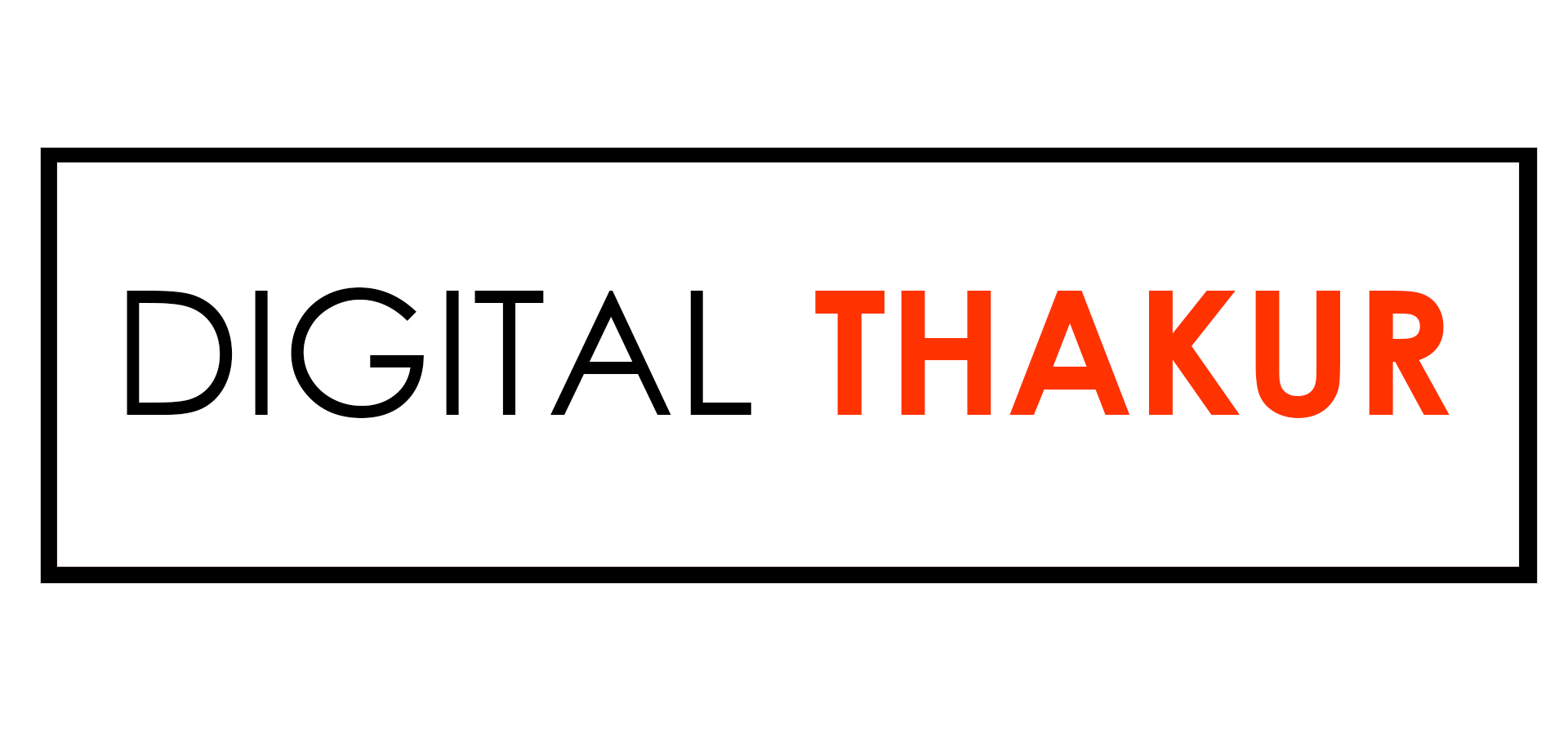SEO is the exercise to receive a targeted audience for a website from the organic (non-paid) ranking of a search engine. The duties of SEO involves the generation of standardized content using determined keywords and backlinks creation. A website can get a free and increasing number of audiences by the advantage of’ ranking for a specified keyword’. Let’s get an insight into the working of search engines.
Working of Search Engines
Search engines like Google run an algorithm in real-time, searching a plethora of pages, to get the best results of the search done. This “best result” is obtained based on several factors like:
Pertinence: Google scans the most prominent pages that are immediately related to the keyword entered. But Google does not grade the most related pages at the peak of the search. It is because there are numerous similar pages for each keyword searched.
Authority: Google checks if the content of the page is exact and reliable by backlinking. That is done by counting the number of pages that a particular page is linked to.
Utilitarian: The page can be exact and reliable, but it should be useful at the same time. There is a proper line between standardized content and valuable content. The more helpful page even though it may have less jargon but organized and relatively good content will be graded higher. The usefulness of a page is guided by the interaction of the search result and user. If a particular page gets the audience attention, it will be raised in rank.
Working in SEO
There are various search engines like Google, Amazon, YouTube, and Bing. SEO will optimize the site for whichever search engines the site wants its ranking. SEO will ensure that the site is visible in the overall list of best results. The best result is calculated by the pertinence, authority, usefulness, loading speed etc. As Google is the top-notch search engine, and people generally focus on Google SEO, this article will be a guide on optimizing the site for Google.
Non paid vs. Paid results
Pages displayed as the result of the search are categorized as Non paid or organic and paid results. Non paid results are graded based on their merit. These results do not pay anything to Google to get a higher grade for the search results. A different algorithm scans these results based on various parameters. But these pages are considered as the most related, honest and dependable sites or pages on the searched topic. This article aims to non paid search results.
Paid search results are the advertisements displayed either above or below the non paid search results. Non paid to list, and paid search are not related. For paid search results, ads with the highest payment for a one visit are ranked higher. It is called “pay per click Advertising”.
Importance of SEO
To convey the importance of SEO compactly will be by quoting, ‘search is the powerful origin of traffic’. As per a survey conducted in February 2018, Google has the most traffic of all the search engines. And search engines are the source of nearly 71% of the people’s traffic. An example is discussed below to understand in detail about the importance of SEO.
Suppose a person is the owner of a party supply business. Around 110000 people search for party supplies every month. So if the site is at the top of the result, then it is expected to have a 22000 audience monthly. This is assuming that the top result gets 20% of all audience. If the advertiser is paying 1 dollar per click, he will spend around 22000 dollars per month. This fee is for only the phrase.
In industries like insurance, search engine congestion has higher worth. Around 45 dollar per click is the rate for searching “auto insurance price quotes.”
Customers and keywords
It is the process of identifying words and sentences that the customers type in Google for search. In this way, one can make way for higher grades of their sites based on what customers are searching daily. The person should have explicit knowledge of target customers. It helps not only in producing products demanded by people but also is crucial for SEO and content business.
The best method to have a thorough knowledge of focused customers is Make My Persona tool by HubSpot. Through this tool, a person can create characteristics of his target customer and can refer to it whenever needed. After knowing the characteristics of customers, keyword research is the next focus.
This research is to know the accurate words and sentences that the customer type to find something on search engines. A keyword could be a product keyword that is searched by people to know what one sells. It could be an informational keyword that people search for when they are not looking for what one sells.
For a tennis shoes ecommerce owner, one of the many product keywords is “Tennis shoes for flat feet”. The example of an informational keyword is “Serve tutorial of Tennis”. To be successful with SEO, pages should be efficiently improved upon based on both types of keywords.
TIPS TO FIND KEYWORDS
- Note down search suggestions that Google provides.
- Use Answer the Public platform to find words and sentences.
- Exploit a keyword research tool like Seed Keywords, KeywordTool.io, Google’s keyword planner etc.
- For beginners at SEO, understand the long tail keyword.
SEO-Friendly content
Creating Content for Product and Service Pages
The better the content, the higher the chances of getting a good rank. This rule can be followed to SEO friendly content. Try to generate content that is of high quality. But do ensure that the page for product and services does not appear as a blog post. The product page should highlight the advantages and attributes of the product. Focus on transforming browsers into customers.
Hence, create a product page that is beneficial and obliging to customers while focusing on transformation.
Creating High-Quality Blog Content
Try to jot down the content available on the various product and service pages. Good content on the page has a very high probability of getting a good rank by Google search engine. According to a report by HubSpot, firms with regularity in publishing content have a 350 per cent more audience than the firms that are not doing so regularly.
Displaying high-quality content on a regular basis is crucial for SEO. Content should be exceptional to be alive online.
High-quality Content Examples
- Complete lists
It is a compilation of an extensive list of items, strategies, techniques, recipes etc. This data comes from several articles so the audience will read one article that includes everything.
- Step by Step guides
These work awesome. Just provide necessary, and vital details about each step and report will stand out.
- Content with Data
This content is also working great but to create such content is tedious and tiring.
- Complete guides
This type of content focuses on every detail that comes under the range of the topic. Working on these data is like working on complete list content. But here objective is to focus on techniques that can be converted into some action.
- Visual Content
To get links, creating infographics content is also a good idea. These contents not only include infographics but can have screenshots, video and flowcharts.
Basics of On-page SEO
It ensures that the web page created, is visible to Google, to put it in search engine results. Page must have pertinent, comprehensive and useful content so that it appears in the search. Google scans the page for a specific keyword and on finding it again and again, tags that the page is “about keyword”. So it is very crucial to use focused keywords on the page. Focus on the following to optimize the on-page SEO of the site:
- Install Yoast: It has a lot of tools to optimize the site entirely.
- Use Keyword in the Title Tag: It summarizes about the page
- Optimize Meta descriptions for clicks: This is important because people use it to decide if they should click on it or not.
- Use keywords in content: This makes Google 100 percent sure about the topic of the page. But ensure not overusing the keyword as it may lead to a fine.
- Use synonyms and variations: Try to find synonyms and variations of the keyword by searching it in Bing and Google. The search bar will show many suggestions. Use them in the page.
- Optimize images: Search engines take a lot of time identifying the meaning of an image. Titles of the figure, the filename of the image are some of the ways in which a search engine determines the image. Image SEO is crucial for a page with many photos.
- User Experience: User experience influences SEO. People will not share a site if it is not handy. It thus reduces the probability of ranking. Get thorough knowledge of UX
- Content quality: To get a higher rank in the search result content should be amazing. It should convene with the target audience.
About Technical SEO
The objective of technical SEO is to make sure that search engines can easily search all the pages of the websites. Technical SEO is vast and includes topics like mobile optimization, the loading speed of websites. This section will cover some points on technical SEO.
Verify site with Google search console
It is a dashboard that monitors the site’s health and execution. Bing has the same tool named Bing webmaster tools. To start with Google search console, one should be the owner of his website. This tool will then permit the owner to see the rate of traffic on the site.
Google search console tools allow the owner to see pages indexing, submitting the sitemap to Google etc.
Use an SEO-friendly URL structure
URLs are essential for SEO. Ensure URL has a stable structure so that Google can differentiate the page and know its type. Use the keywords in the URLs at least once. Do not make a long URL; short URLs have a chance of higher rank in Google.
Setup HTTPS
If the website is https secured, there are high chances of it to appear in the best search results. There is also an action displayed by Google for the non-https website.
Site architecture and internal linking
For large websites with thousands of pages, the website must have a well-planned architecture. If possible, try organizing the site into the ladder structure. Place the internal links on pages with more priority.
Optimizing for mobile phones
It is a must for 2020 when people are accessing websites from their mobile phones. Even Google algorithm has changed to prioritize mobile. That is Google first observe the mobile version of the website. Ensure mobile version loading speed of the site is equally good.
Track results in Google analytics
Google Analytics is the tool to check if the attempts made into SEO are producing some good results. It helps in tracking the non paid audience to the website. It is easy to identify pages that are attracting massive traffic. This tool is also helpful in noting down the interaction of the site with users. Parameters like page views and bounce rate tell the owner if his page is meeting the requirements of the searchers.
Basics of Link Building
Also called off-page SEO, the main objective is to let other websites acknowledge one’s website. Add links to their websites. This process is called backlinking and is an essential vertical of Google’s algorithm. Hence, links are very crucial for search engine optimization.
Link authority; All links are not identical. Links that are from reliable mastery websites can offer more rank to the site. There are two types of authority:
- Domain authority: It is the authority of the site itself.
- Page authority: it is the authority of a particular webpage.
Focus on links from relevant websites and make a rule while starting building links. Get links from relevant websites as it gives more points for higher ranking.
The skyscraper techniques: This technique is best for beginners but requires a lot of hard work. The skyscraper content is uncomplicated for creation and promotion.
Guest Posting: Guest posting on related websites is still excellent but producing tons of it on unrelated sites is a big NO. About five per cent of backlinks in the guest post is under no harm. Anything above that will be creating difficulty.
Search intent
Another term for search intent is user intent. It is the reason why a person searched something on Google. The four types of user intents are:
- Informational- for example, “how many calories are there in a banana?”
- Navigational-for example, “Facebook login”.
- Commercial- “friends posters”.
- Transactional- “Seattle to Maryland flights”.
How does Google know if a page meets a user’s intent? Google carefully and attentively observes the interaction of users and their search results. If Google identifies that the user is skipping some results to move onto another effect, it will mark that content unrelated. It may also degrade the rank of that page.
Suppose Google observes that users are bouncing back from the pages that the search result displays. It is also not a good sign. To optimize content for user signals, make sure content has a practical introduction. Having images and graphics makes the content readable and likeable, especially if it is very long.
Adding internal and external links assists people with knowing more about a topic. Make the content readable and keep it updated. Also, improve the loading speed of the website to attract more people.
Emerging SEO trends
Let us now get knowledge of emerging SEO trends before the conclusion:
Schema markup
Though schema markup may not rank the page, it does increase organic clicking rate if correctly used. Schema markup can lead to producing more organic traffic. If a person is interested in making his site easily noticeable, then schema markup is highly recommended.
Expertise, authority and trustworthiness (E-A-T)
It is what Google looks for in any content. Wikipedia is the top-rated website of all because thousands of people, many of whom are experts, are writing its content.
Voice Search SEO
People searching with voices have grown many folds. It is the most trending thing in digital marketing. Many people may have to create techniques to optimize content for voice search
Optimize YouTube videos
For SEO in 2020, one must be present on YouTube.
Conclusion
This article was to provide information about Search engine optimization. Apart from the definition of the term, details involving other concerned factors were also discussed. So to get started with SEO, focus on Expertise, Authority and Trustworthiness. Ensure the content is of high quality and useful to the user. Finally, reach out for backlinks.






